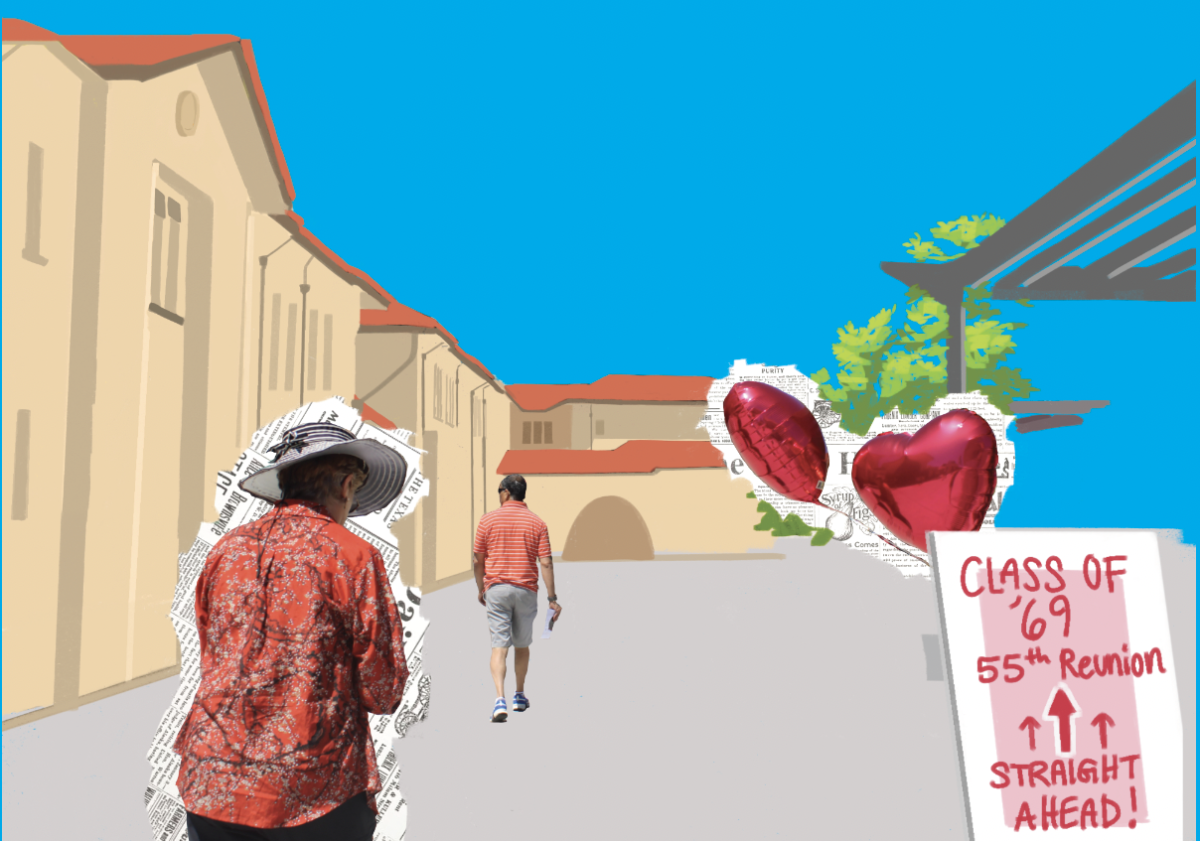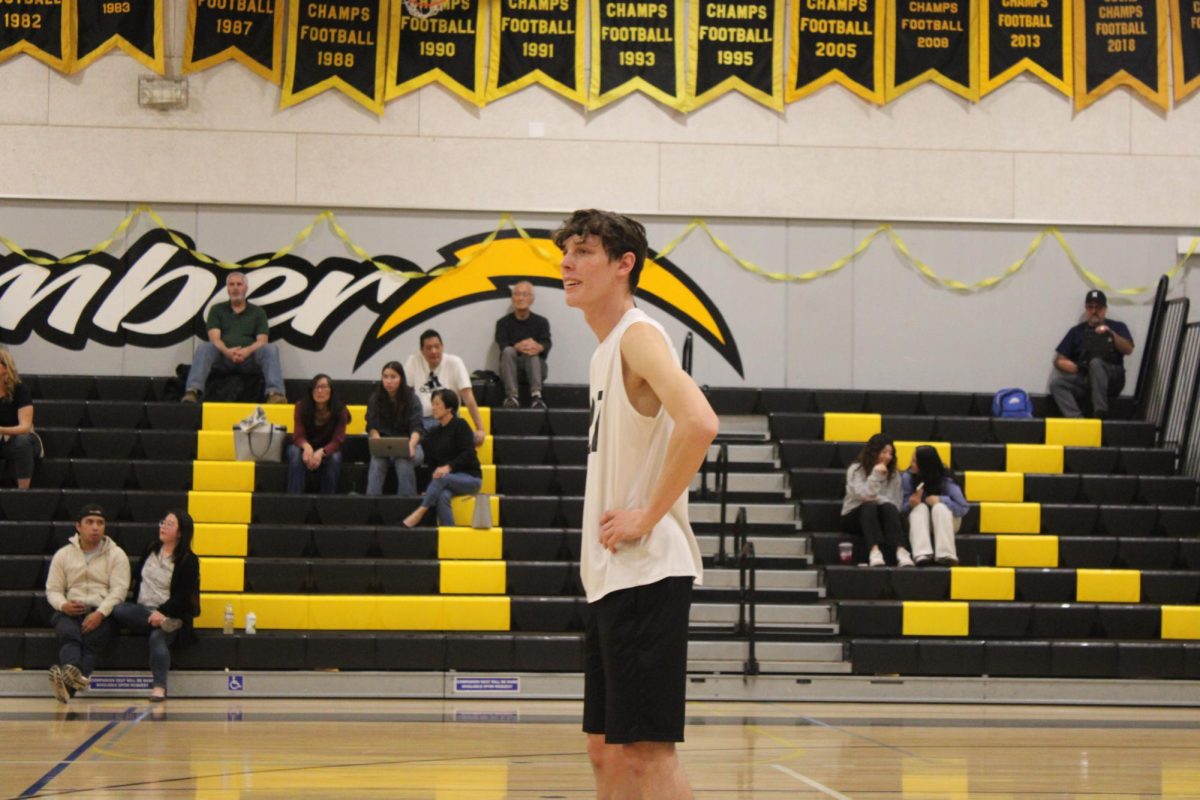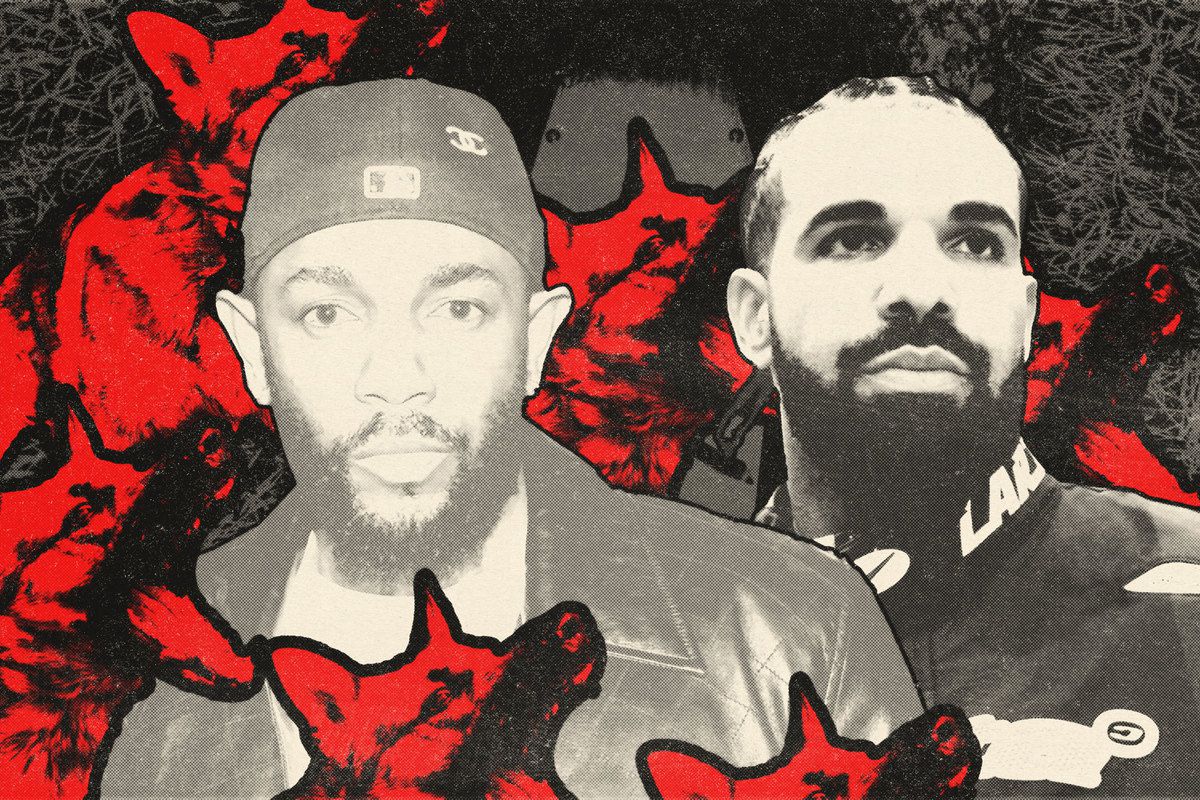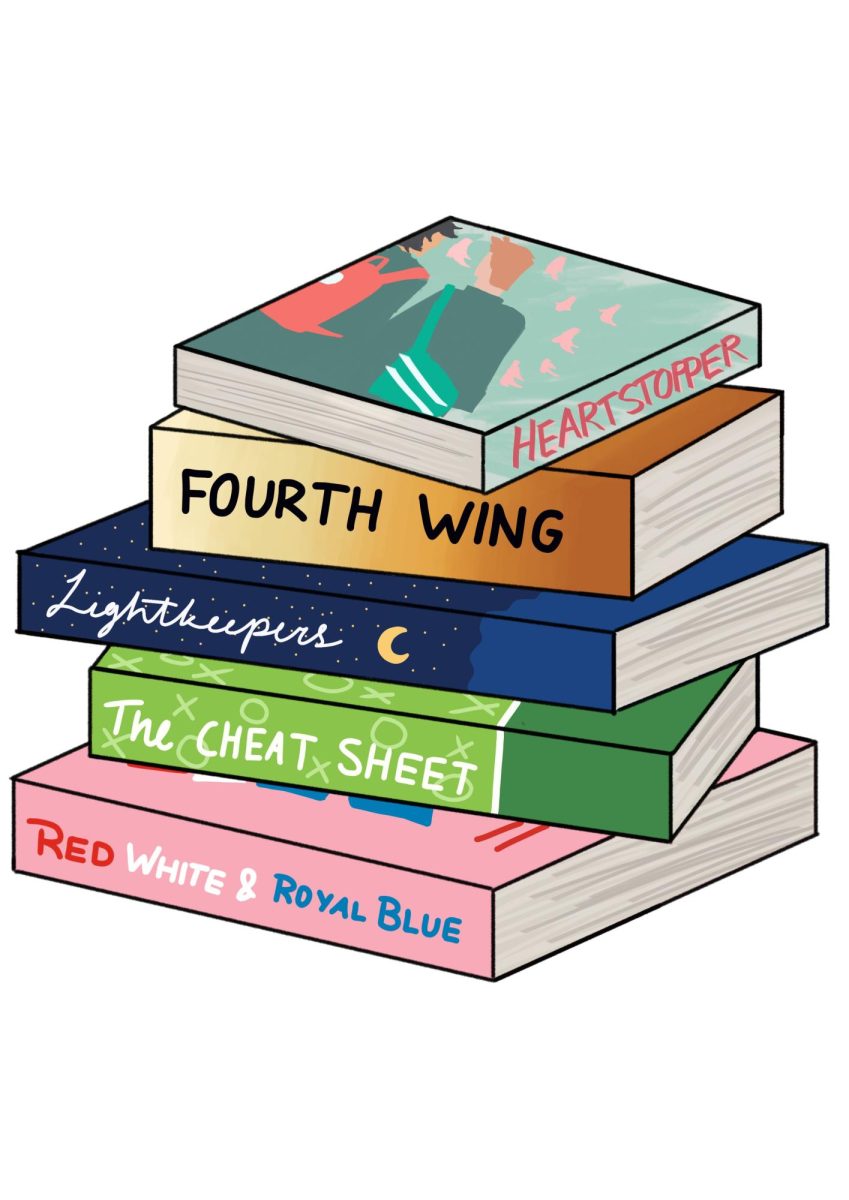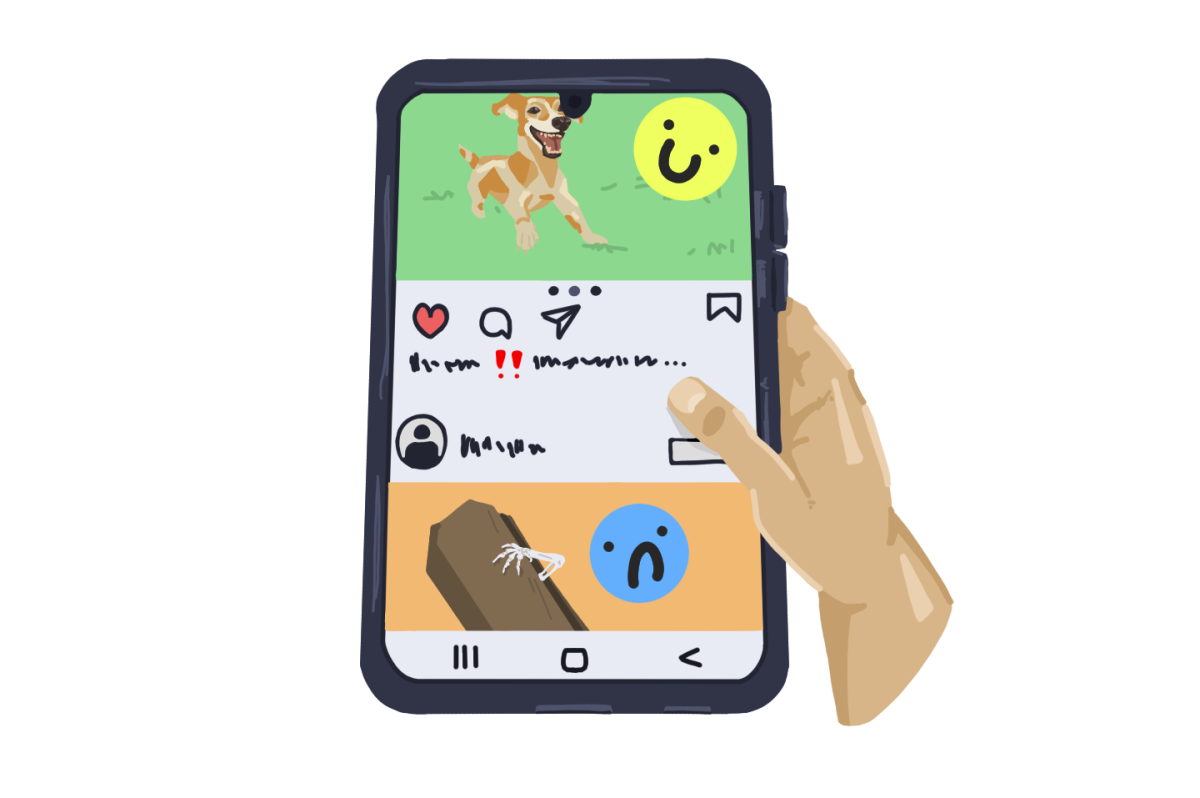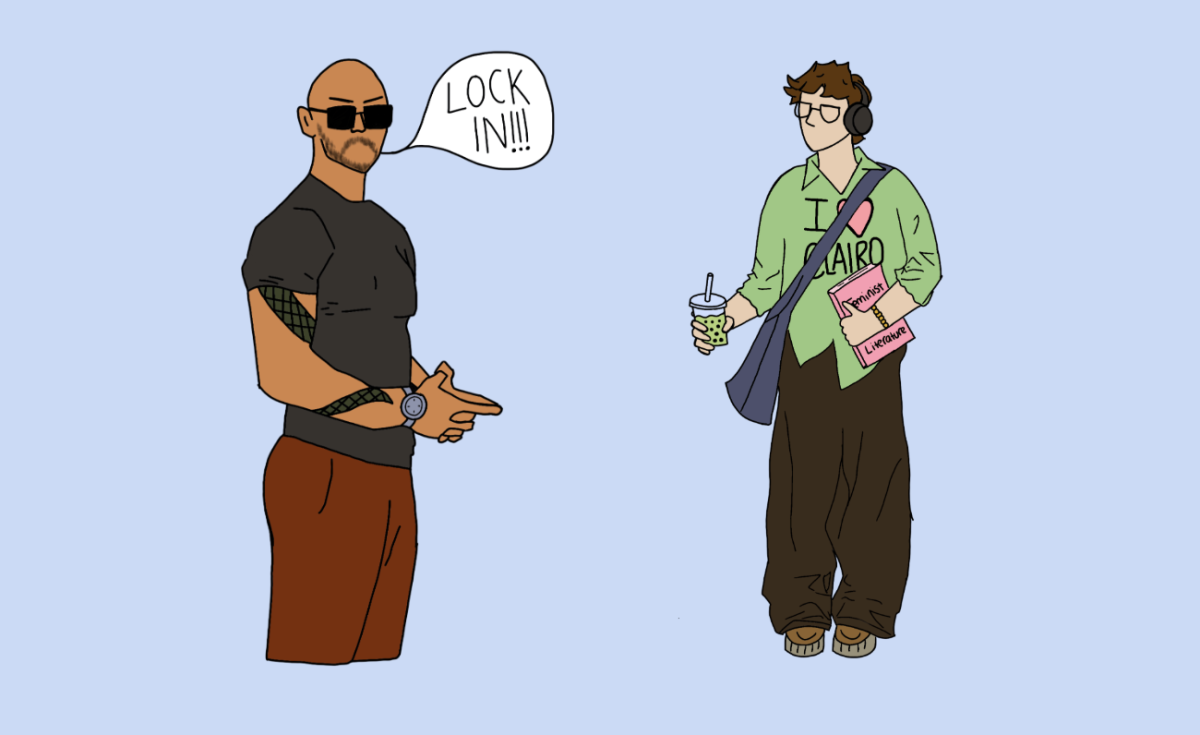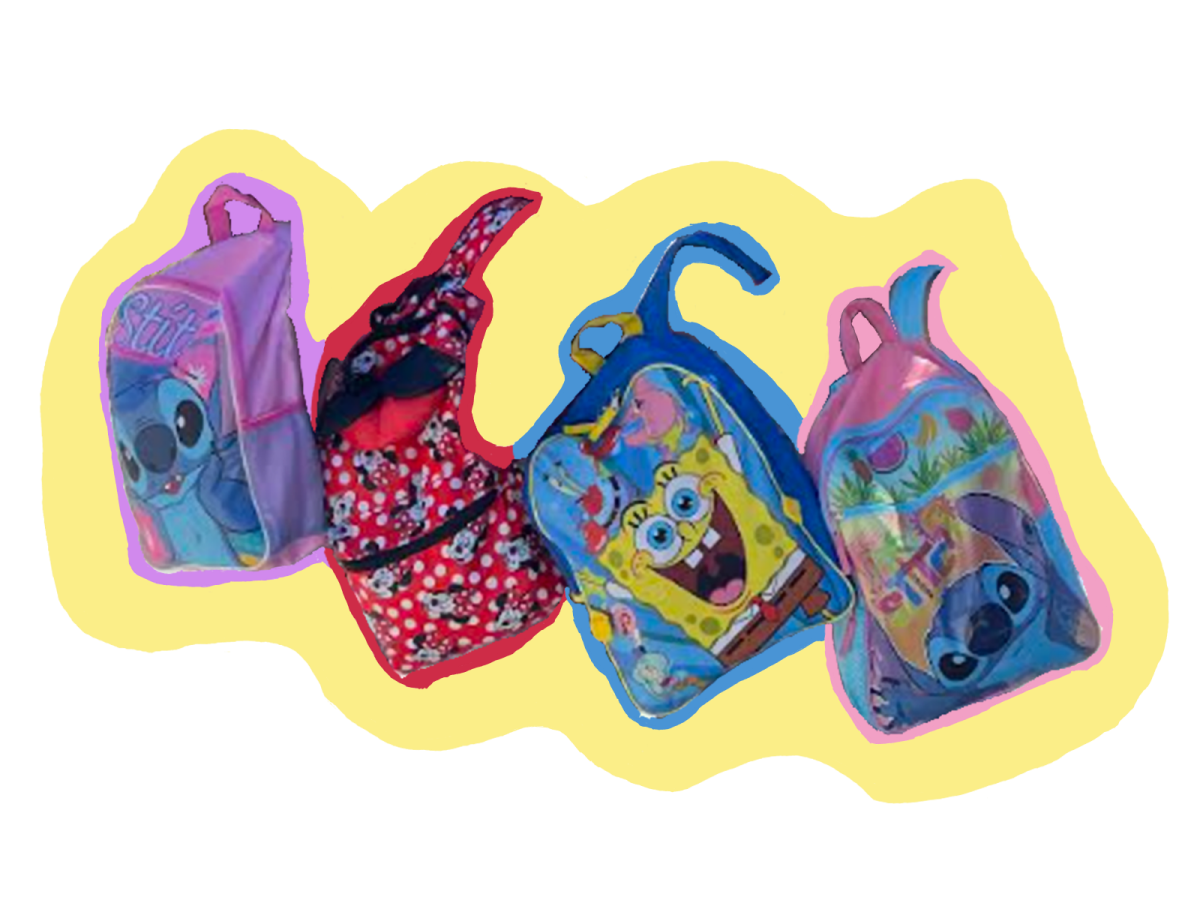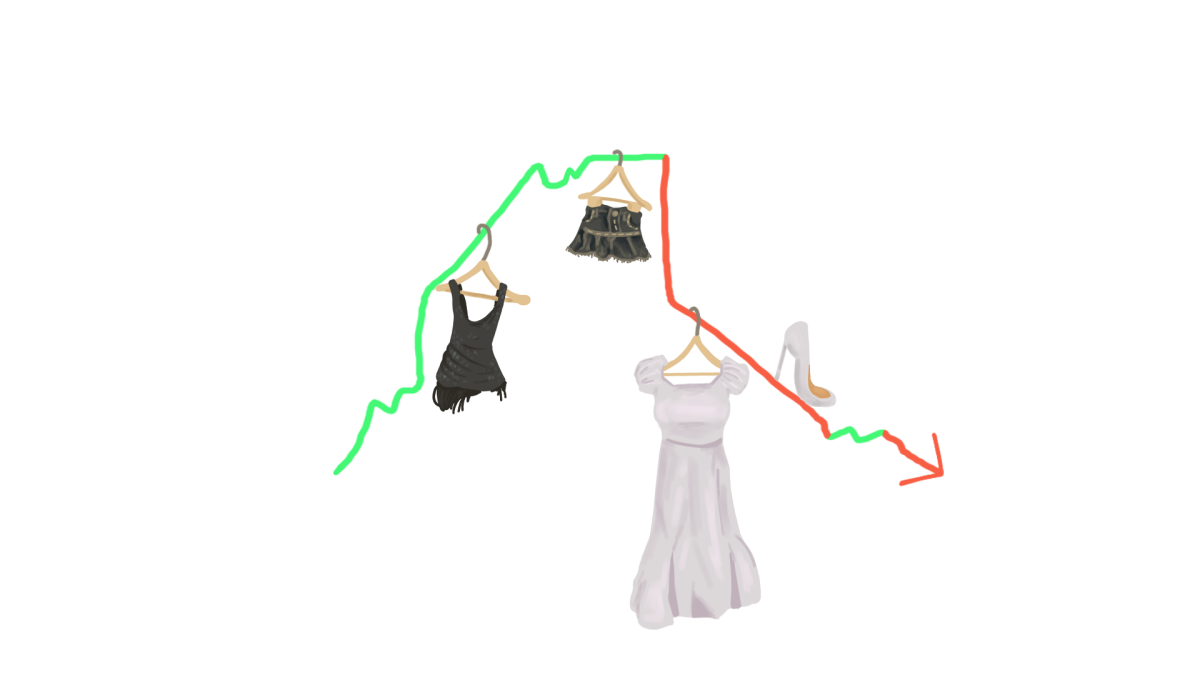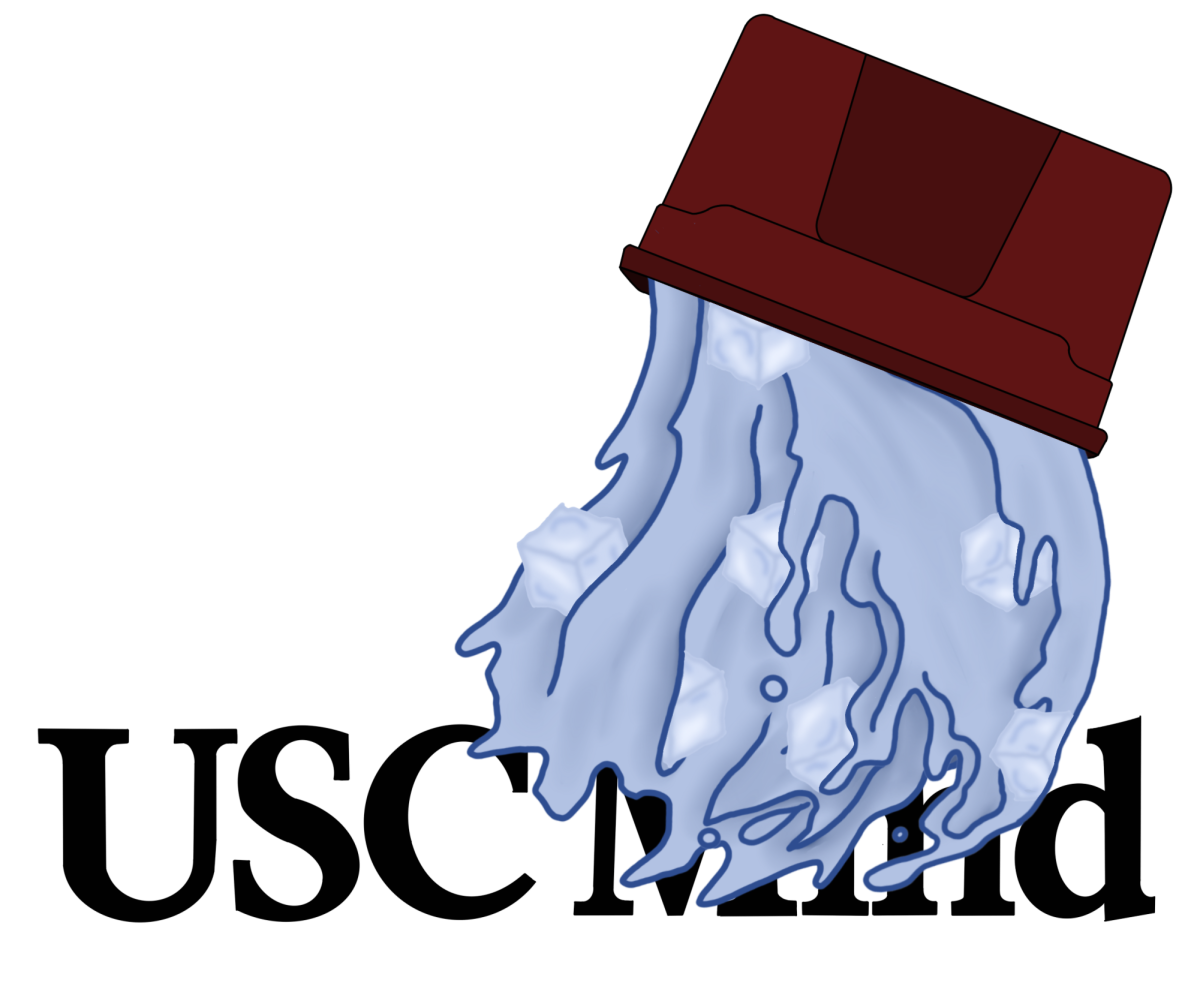Since the dawn of time, people have been driven to stimulate their minds. Early Neanderthals chose to play with sticks and stones, but in this day and age, people turn to the New York Times games. While it is one of the most renowned news sources in the world, the New York Times has also been branching out into brain teasers.
With the introduction of the crossword puzzle into its newspaper in 1942, the New York Times saw a drastic increase in subscribers. In a similar vein, to expand their reach and variety of games, the Times created an app solely for playing their games.
Just like the paper, there is a free version and a subscription. Every day, people can play one round of the Mini crossword, Wordle, Connections, Strands, Tiles, Letter Boxed and three rounds of Sudoku. Access to the full-sized Crossword and archived games requires a payment of either $5.99 a month or $49.99 for the year.
“I don’t think it’s worth it because I feel like getting the five games that you can get free every day is enough,” New York Times lover and FHS senior Bridget Rich said. “I think it’s the right amount of time where it’s like, ‘I finished my games. Now I need to get back to my work because usually I’m just procrastinating.’”
The app first saw a rise in players with its introduction of Wordle in 2021, in which players get six tries to guess a five-letter word. Each time a new word is guessed, the letters of the word will turn one of three colors: green, meaning the letter is in the word and in the right place; yellow, meaning the letter is in the word but in the wrong spot; or gray, meaning the letter is not in the word.
“It’s like taking your vitamins every day,” Rich said. “That’s my daily dose of games and helps me learn words and learn how to spell especially with Wordle.”
With the addition of a new game called Connections—the Times’ most popular game yet. In 2023, there was another soar, with the app getting 10 million downloads just that year. In Connections the player is given 16 random words and tasked to find how they all match to four unique groups, with four words in each group.
“I think it’s the best for just trying to work on your brain because you have to make connection words,” FHS junior Carmel Hod said. “Sometimes there’s like a trick, like, the three words that are not connected definitely look connected. And there are also fun ones because sometimes it will be the craziest thing I’ve ever seen.”
The fascination is not reserved solely for high schoolers. The games are discussed everywhere, from late-night TV shows to podcasts.
“Wordle is here tonight,” SNL host Colin Jost said at the White House Correspondents’ dinner. “Sorry, sorry I meant the New York Times. I forgot they do stuff in addition to puzzles.”
Whether during class, before going to bed, or at the dinner table, people have found comfort in playing the New York Times games; many anticipate this culture to continue for years to come.



